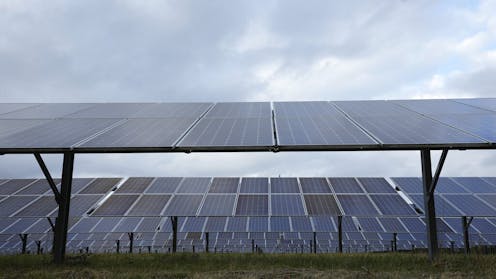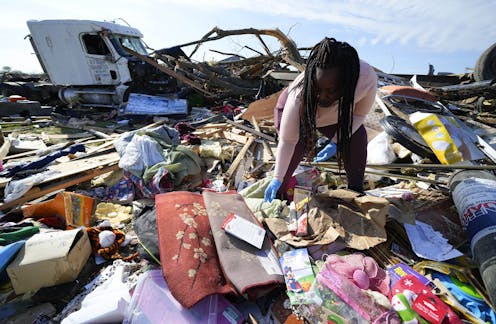
Michigan residents overwhelmingly want more solar power.
In the spring of 2023, nearly two-thirds of 1,000 state residents surveyed supported additional

Michigan residents overwhelmingly want more solar power.
In the spring of 2023, nearly two-thirds of 1,000 state residents surveyed supported additional

After two years of intense public debate, the U.S. Securities and Exchange Commission approved the nation’s first national climate disclosure rules on March 6,

People often think of disasters as great equalizers. After all, a hurricane, tornado or wildfire doesn’t discriminate against those in its path. But the

After two years of intense public debate, the U.S. Securities and Exchange Commission approved the nation’s first national climate disclosure rules on March 6,